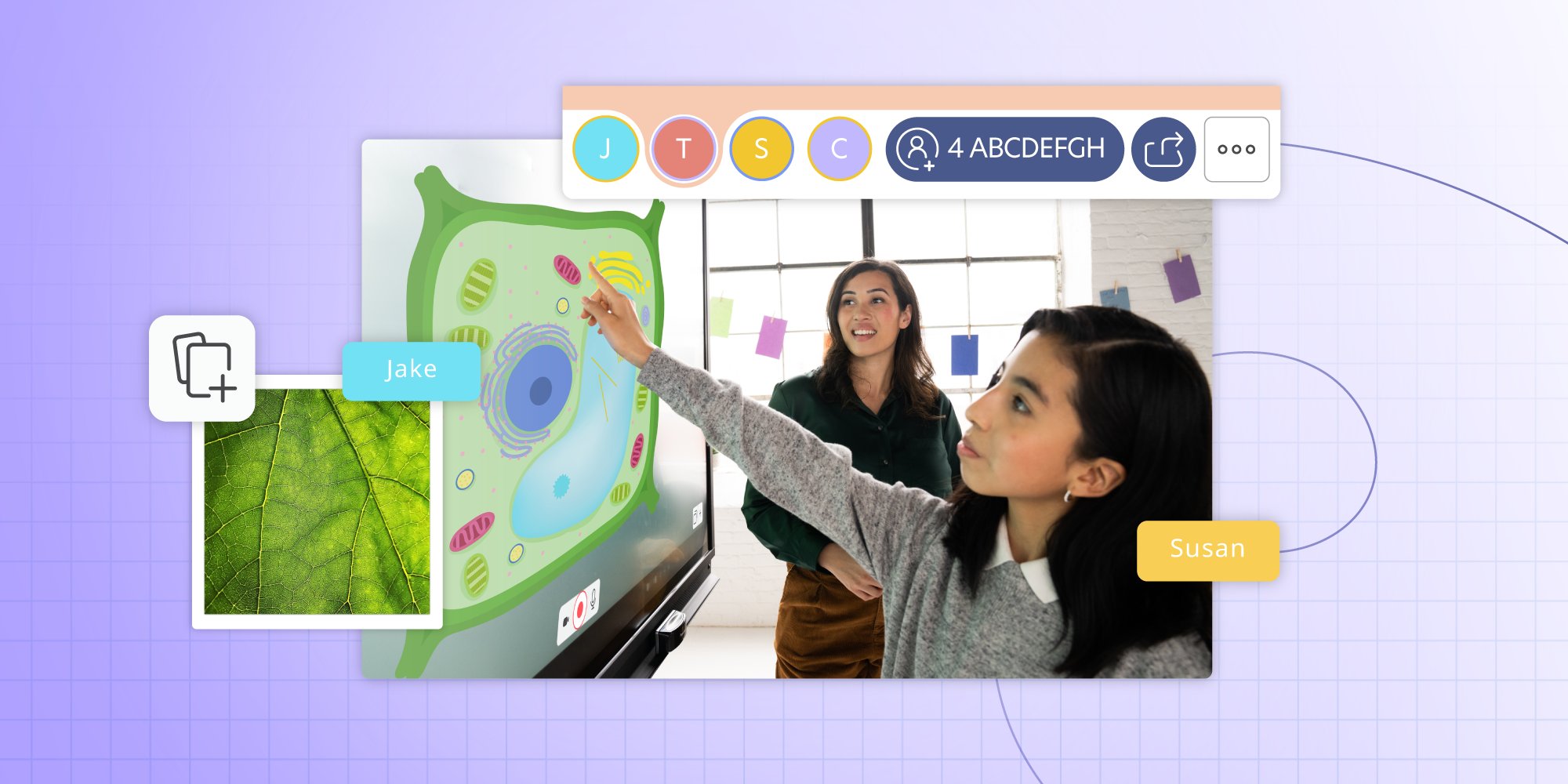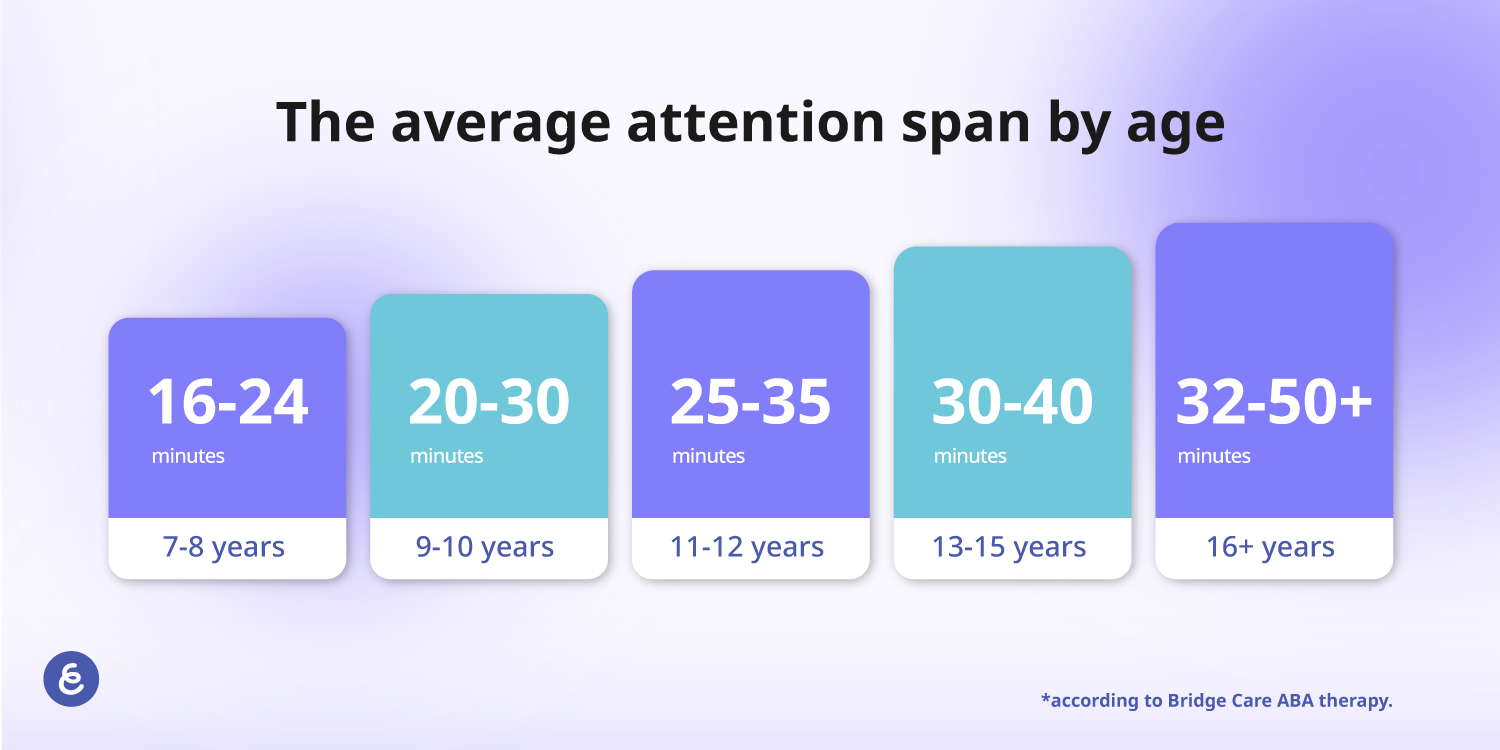Student engagement strategies in the classroom

Table of Contents
Student engagement? That’s likely the biggest challenge for teachers nowadays. If you are a teacher or any kind of educator, you’ve probably realized that focusing on more traditional teaching methods may not be the best solution in the long run. Today, we will go through a few student engagement strategies that can really skyrocket your classroom this semester!
What is student engagement?
Student engagement refers to the level of interest, motivation, and active participation that students exhibit towards their learning experiences, be it in a brick-and-mortar classroom, an online course, or any other educational setting.
How to measure student engagement?
Measuring student engagement is a crucial component of effective teaching and learning. You can measure student engagement strategy various ways, including by observing:
- Active participation: Engaged students actively participate in class discussions, ask questions, and contribute to group activities. They are not passive observers, but rather take an active role in their own learning.
- Level of motivation: Engaged students are motivated to learn. They have a genuine interest in the subject matter and are often intrinsically motivated, meaning they find satisfaction and enjoyment in the learning process itself.
- Level of Effort and Persistence: Engaged students are willing to put in the effort required to master the material. They are persistent in the face of challenges and setbacks.
Interactions: Engaged students often engage in meaningful interactions with their peers and instructors. These interactions can occur both inside and outside the classroom and contribute to their overall learning experience.
Engage with students’ interests
Find out what interests your students and, based on that, prepare activities to enhance their learning process. For example, you could ask students to record a TikTok based on a lesson topic they had. Speak their language – while working on math assignments, compare numbers to YouTube subscribers, Instagram followers or video games etc. Little things can make a huge difference.
Social engagement, getting to know your students
In the ever-evolving landscape of education, one constant remains: the undeniable power of social engagement in the classroom. Building a genuine connection with our students is the cornerstone of effective teaching, and it goes far beyond textbooks and lesson plans. It’s about more than just transferring knowledge; it’s about getting to know the unique individuals in our care.
It’s crucial to create a safe space when starting any new semester, and getting to know each other will help with that immensely. Write an email or create a short project to introduce yourself. You can use the “Meet the teacher template” to easily create a brief introduction to who you are, what you stand for, etc. And of course, ask your students to do the same! This ice-breaker activity can help you forge the first bond with your students, and motivate them to open up, too.
Some things you may want to include are:
- Your name & photo
- What is your favorite subject?
- What brings you the most joy in life?
- What are your favorite books?
- What is your biggest dream?
Pros and Cons discussions
Open up a space for discussion, analyzing different problems and concepts, and comparing solutions. Discussion-based tasks will help your students expand their logical thinking and problem solving skills, which are extremely helpful in their personal growth. You can use a “Pros and cons” template to get started. Let them work on it alone or in groups, then discuss their different points of view in public.
Teach students how to learn on their own
Active learning means utilizing a variety of techniques tailored to boosting student potential. It is important to provide students with access to different learning methods that may help them not just understand the material, but also absorb it more effectively. Teaching them the power of habits such as reading or reviewing material each day for 15 minutes can make a sizable positive impact over the course of, say, six months.
Some examples of learning methods:
- putting sticky notes with little tidbits of knowledge in different places
- rewriting notes to summarize what was learned
- trying to teach someone else about a concept or idea
- connecting new information to things you already know
- describing material in your own words, and reading those words out loud.
Activity: Things you’ve learned this week
Encourage your students to learn content with a quick activity game, by describing 3 things they’ve learned this week/last week. This motivates them to both recall the materials and learn to express themselves in front of the classroom.
Group collaboration to support team work
Group collaboration offers numerous benefits to any classroom. It promotes active engagement, as students are encouraged to participate and contribute to the collective effort. It also nurtures a sense of shared responsibility, as students learn to rely on each other to achieve common goals. Last but not least, it fosters diversity of thought and perspectives, enabling students to appreciate different viewpoints and learn from one another.
Use mixed media to engage students
There is a saying that “Telling is not teaching, and listening is not learning”, and we couldn’t agree more. To teach a student effectively you must use different strategies to engage students, and sometimes stimulate their senses, too. The average attention span by age lasts no longer than a few dozen minutes. For example, 9- and 10-year-olds can focus between 20-30 minutes, and 16-year-olds around 32-50 minutes, according to Bridge Care ABA therapy.

During your classes, try to engage students using mixed media like interactive presentations, personalized recorded instructions and experiments. Engaging students physically is another sometimes underrated and extremely effective way to help keep them focused. John Ratey, author of Spark (Hatchett, 2008), states that “exercise is the single most powerful tool you have to optimize your brain function”.
Strategies to engage students in the classroom
Modern institutions place a strong emphasis on promoting student engagement because it has been shown to lead to better academic outcomes, increased retention rates, and a deeper understanding of the material. There are many different strategies and approaches to creating a positive and inclusive learning environment, but there is currently little doubt that using active and interactive teaching methods, and fostering a sense of autonomy and relevance in the curriculum leads to enhanced student engagement. If you have any tried and tested strategies of your own, we would love to hear about them!

